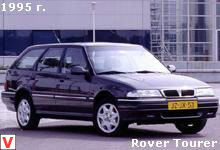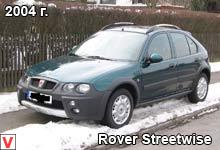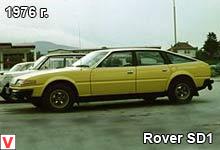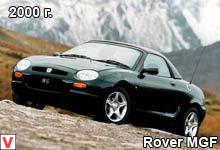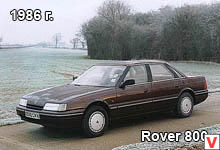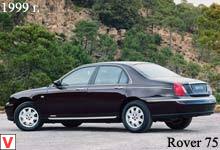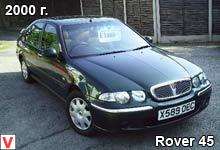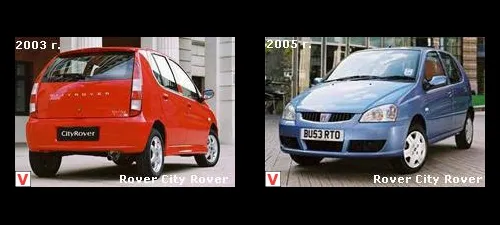
The compact City Rover monocab was the result of the collaboration of the British company MG Rover with the Indian manufacturer Tata. Its release began in the fall of 2003. A similar car was the Indian Tata Indica. The relatively inexpensive, roomy car, ideally suited for moving along the streets of megalopolises, was distinguished by its modern, fairly stylish design, high seating position and large glass area of the body, providing good visibility. Opening the door at 90 degrees significantly facilitated the landing, and the rear seat folding in parts allowed to increase the luggage compartment if necessary, up to 610 liters.
Despite this, the price of the car and operating costs were not the greatest strengths of City Rover; other classmates, such as the Fiat Panda, were preferable in this regard. At the beginning of 2005, the modernization was carried out, and the selling price was reduced by ₤ 900. However, these measures could not significantly affect the demand, and in April 2005, the production of the model was discontinued. The car was produced in four trim levels: Solo, Sprite, Select and Style. The dimensions of the 5-door 5-seater hatchback are 3660/1625/1485 mm with a wheelbase of 2400 mm and a track gauge of 1400/1400 mm.
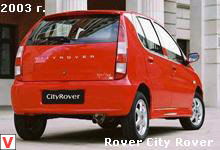
The curb weight of the City Rover was 930 kg, and the maximum allowable weight was 1405 kg. The amount of luggage in the normal position of the rear seat backrest - 220 l. The car had front-wheel drive, traditional for modern supermini cars. The overhead valve with the lateral arrangement of the camshaft gasoline engine L4 of 1.405 l had two valves per cylinder and was located transversely in front.
It was equipped with a distributed fuel injection system. The maximum power of the motor reached 86 hp at 6000 rpm and torque of 110 Nm at 3000 rpm. With such a power unit, the car was able to accelerate to 160 km / h, and the speed of 100 km / h was gained in 12.8 seconds. The consumption of AI-95 gasoline was 10 liters in the city, 6.1 liters when driving on the highway and 7.4 liters per 100 km of track when operating in the combined cycle. A pretty agile engine paired up with a 5-speed manual gearbox. The front wheel suspension included a wishbone, a lateral stabilizer, and coil spring dampers.
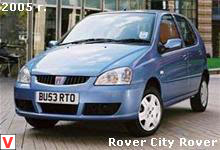
Behind were a trailing arm, transverse stabilizer, shock absorbers with coil springs. Front brakes are ventilated discs and rear brakes. The standard tire size is 165 / 65R13. In 2006, the model participated in the London – Delhi run through the Himalayas.
